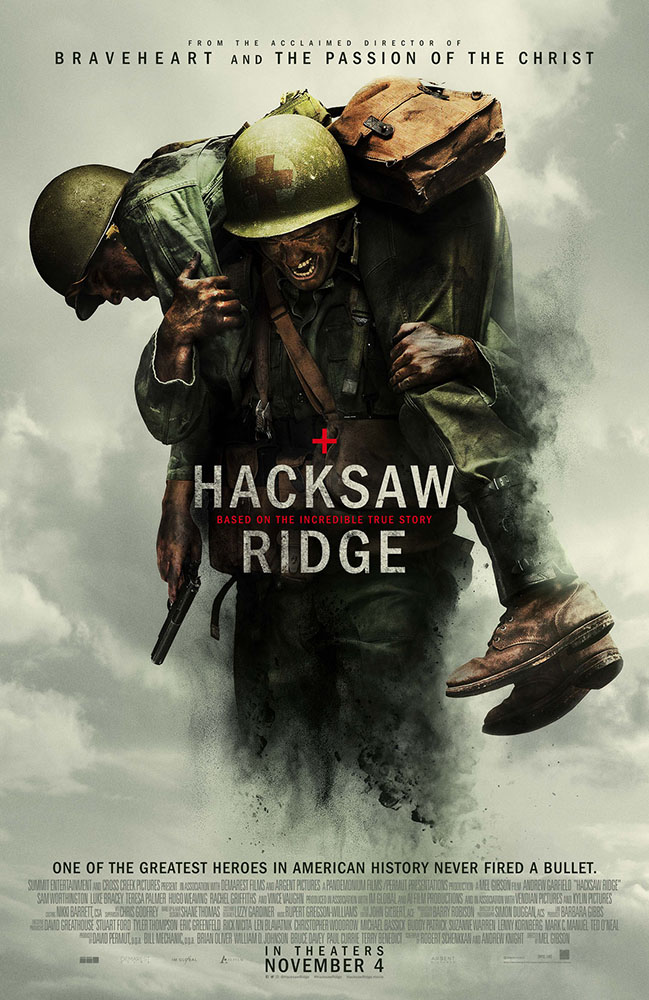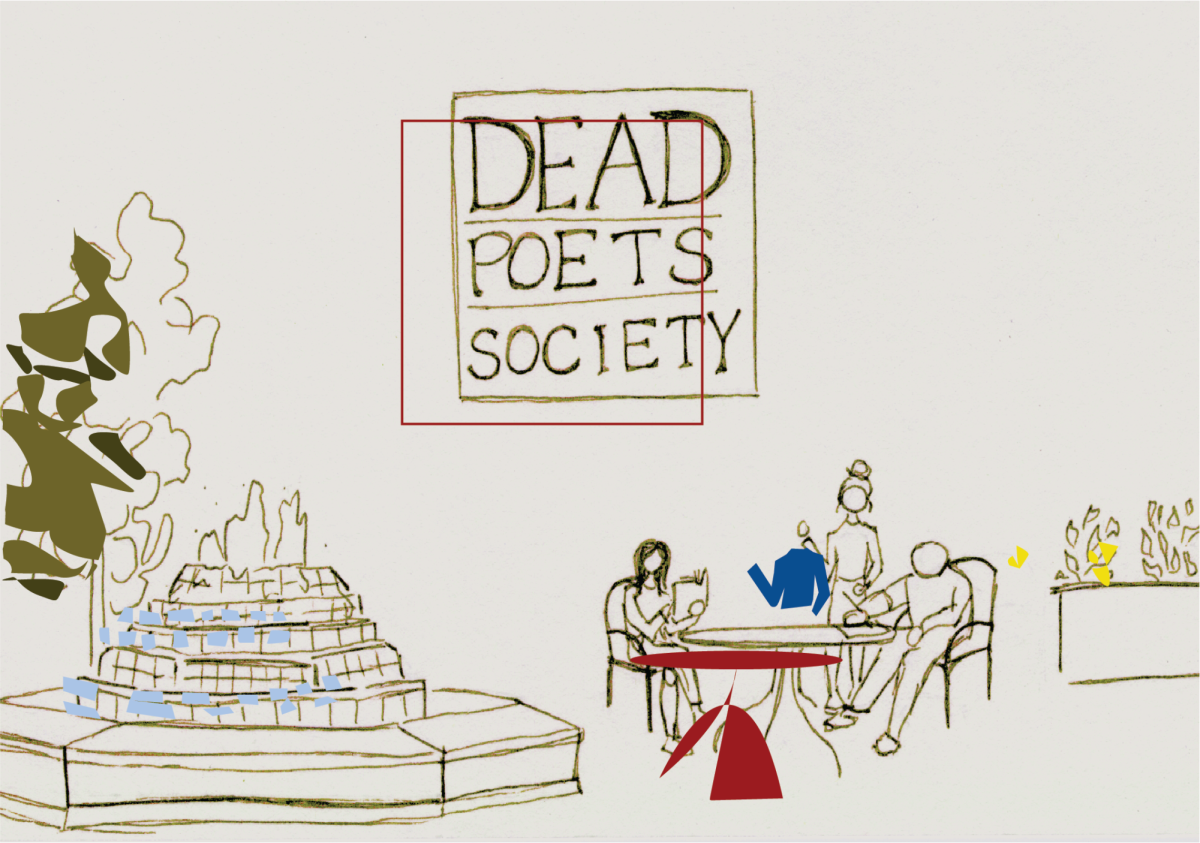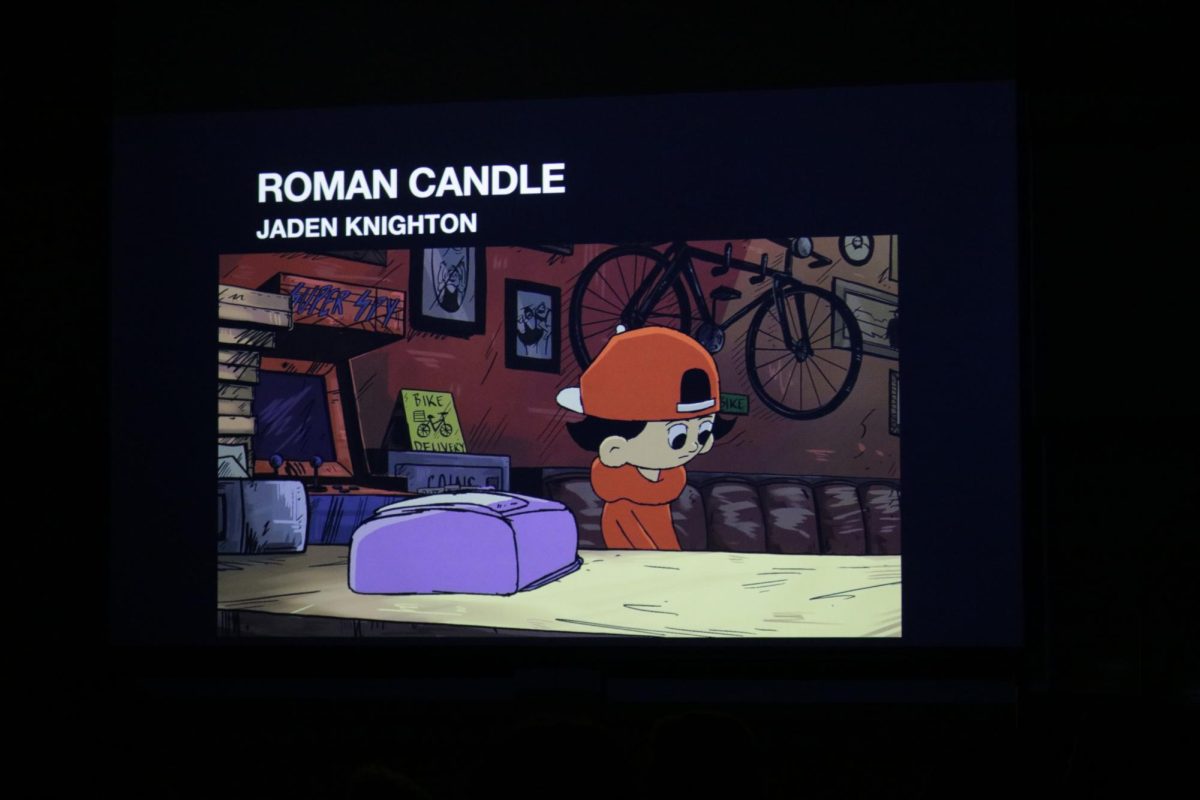Shunned under the public eye due to his infamous drunk, mysoginist and racist rants in the past, Hollywood force Mel Gibson increasingly finds himself on an upswing with his recent directorial project “Hacksaw Ridge.”
Undeniable talent
Despite his understandably demonized past, one cannot deny the talent Gibson has displayed over the course of a very long and very successful career. Gibson’s first directorial project since 2006, “Hacksaw Ridge” continues to add to his talent-affiliated persona.
“Hacksaw Ridge” prevails as Gibson’s second chance in Hollywood. Hacksaw Ridge tells the WWII story of Private Desmond Dawson who saved 75 men without killing a man or even shooting a gun. One may ask, how can an ugly and violent personality like Gibson make such a moving film regarding pacifism and faith? The man simply excels as an artist.
A visionary masterpiece
Mel Gibson’s detrimental past remains prevalent. However, he translates those demons into a visionary masterpiece as he converts anger into visceral bliss displayed on the big screen.
Despite possessing a grizzly personality and crude past, but with “Hacksaw Ridge,” Gibson implements his usual grittiness that characterized the critically acclaimed “Braveheart,” “Passion of the Christ” and “Apocalypto.” The opening seconds of the first war scene display that visceral and tense war climate perfectly.
Although the 1998 “Saving Private Ryan” portrayed the sheer emotion of battle, it left a lot on the battlefield in terms of realism of war destruction. In Gibson’s war film, he perfectly combines the emotion of “Saving Private Ryan” while successfully churning audience’s stomachs with the most gruesomely hyper-realistic death scenes and fallout aftermaths ever introduced into the war film genre. Additionally, sporadic jump cuts and effective sound mixing enhance the realism that Gibson envisioned.
Seamless faith integration
War dramas such as 2014’s “Unbroken” have incorporated faith in the midst of pure carnage, but it comes across as hamfisted. Mel Gibson, who proclaims himself as a Christian, intertwines faith seamlessly. The faith of the protagonist, Desmond Doss, played by Andrew Garfield, remains a central theme for the unraveling of events in this film. Doss does not preach to his comrades in battle, but his courageous actions speak volumes of his testimony.
Seeing Doss’ faith play out rather than having it explained becomes the main reason why this film’s Christian undercurrent works. Even with such a blotched past, witnessing Gibson’s own religious beliefs subtly manifest on screen in contrast to an exploitative Hollywood provides for a breath of fresh air for his once down-spiraling career.
It seems almost impossible that a film with so much raw and heartfelt emotion can come from such a tainted human being. With “Hacksaw Ridge,” Gibson adds a transformative movie-going experience to the war drama genre while maintaining a biblical core without coming off too preachy.
Directing his first film since 2006 marks a huge accomplishment for the undoubtedly talented Gibson, and signifies a huge step in shedding his negative image. Needless to say, judging whether Gibson’s moral base makes him a good person or not becomes irrelevant when one looks at his art, especially when studying this film’s content. Gibson, polarizing persona and all, has created the most beautiful yet visceral war film since “Saving Private Ryan.”







